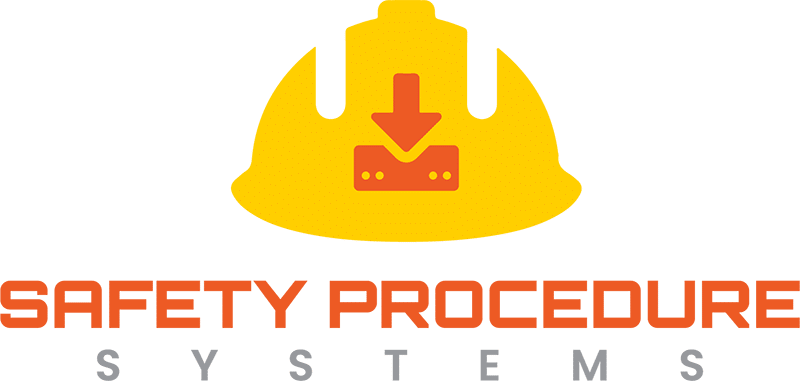Electrical transmission and distribution programs ensure a reliable electricity supply to homes, businesses, and industries. However, these programs involve a complex network of power lines, substations, and maintenance activities, which can pose safety risks to both workers and the public. In this blog post, we will explore the importance of traffic control in electrical transmission and distribution programs and how it helps maintain the delicate balance between power supply and safety.
Understanding Electrical Transmission and Distribution Programs
Electrical transmission and distribution deliver electricity from power generation sources to end-users. This involves the high-voltage transmission of electricity across long distances and its subsequent distribution to homes and businesses through lower-voltage lines. These programs encompass various activities, such as constructing, maintaining, and repairing power lines and substations.

The Significance of Traffic Control
Traffic control in electrical transmission and distribution programs is about managing and directing vehicular and pedestrian traffic in and around work zones. Given the often-hazardous nature of this work, traffic control serves multiple crucial purposes:
- Worker Safety
Safety is paramount in the electrical transmission and distribution industry. By controlling traffic flow, workers focus on tasks with reduced concerns about oncoming vehicles or pedestrian interference. This minimizes the risk of accidents and injuries on the job.
- Public Safety
Work conducted near power lines and substations can harm the public. Effective traffic control ensures that passersby and motorists are kept at a safe distance from potentially hazardous areas, reducing the risk of accidents and electrocution.
- Efficiency
Traffic control measures are designed to maintain a smooth traffic flow around work zones. This prevents traffic congestion and minimizes disruptions to daily commutes, essential in densely populated urban areas.
- Compliance
Adherence to traffic control regulations and standards is often a legal requirement. Failure to comply results in fines, legal liabilities, and reputational damage for electrical utility companies.

Key Components of Traffic Control in Transmission and Distribution Programs
Effective traffic control in electrical transmission and distribution programs involves several key components:
- Traffic Signs and Signals: Clear and visible signage and signals are crucial for directing traffic and conveying important safety information.
- Flagging Operations: Trained flaggers are responsible for directing traffic and ensuring the safety of both workers and the public.
- Barriers and Barricades: Physical barriers and barricades create a protective zone around work areas, keeping unauthorized personnel and vehicles out.
- Communication: Effective communication among workers, flaggers, and the public ensures everyone understands the traffic control plan and their respective roles.
Training and Certification
Professionals in traffic control within electrical transmission and distribution programs often undergo specialized training and certification to ensure they are well-versed in safety protocols and traffic management techniques. This training helps them carry out their roles effectively and reduces the likelihood of accidents.
Traffic control is an indispensable component of electrical transmission and distribution programs. It plays a pivotal role in safeguarding the lives of workers, the public, and the integrity of the electrical infrastructure. By effectively managing traffic in and around work zones, utilities, and electrical companies can ensure a reliable power supply while upholding the highest safety standards. As technology and safety practices evolve, traffic control will remain critical in the ever-expanding field of electrical transmission and distribution programs.



